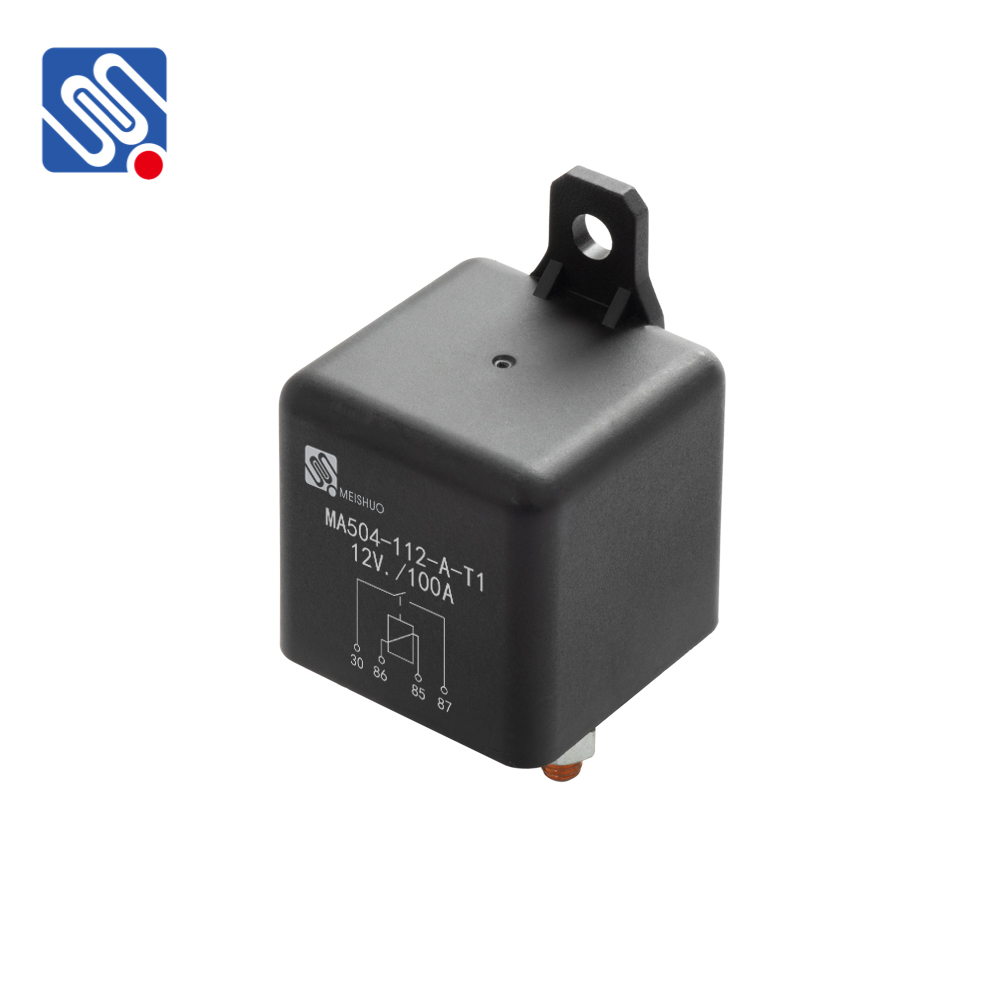Relay load refers to the electrical load or device controlled by a relay. A relay is an electromechanical switch that uses an electromagnet to operate and control circuits, enabling it to switch high-voltage or high-current loads without exposing the control circuitry to these electrical demands. Relays play an essential role in electrical engineering, automation systems, and protection circuits, making them fundamental components in modern electrical control systems.

What is a Relay? A relay is an electrically operated switch that consists of a coil and one or more contacts. When current flows through the coil, it generates a magnetic field that either pulls or pushes the contacts, closing or opening the circuit. This allows the relay to control a high-power circuit using a low-power control signal, making it ideal for applications requiring remote control or automation. Types of Relay Loads Relay loads can be classified into two main categories based on their characteristics: Resistive Loads: These are loads where the current flows uniformly, such as light bulbs, heating elements, or electric stoves. These loads do not create significant back-emf (electromotive force) and are relatively simple for relays to manage. The current drawn by these loads is constant, and the relay does not experience sudden changes in electrical conditions.